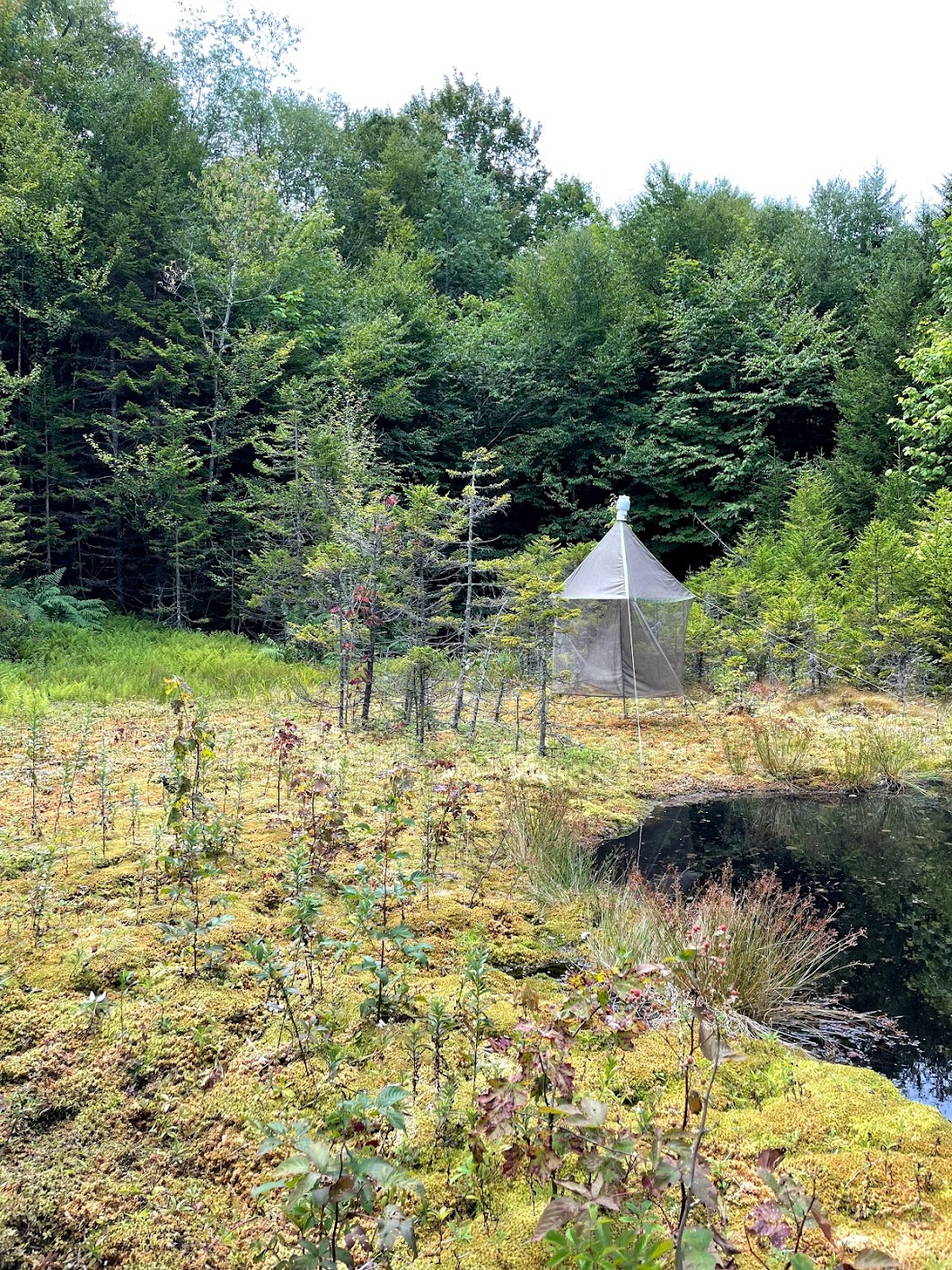For this week’s blog post, I just want to start by saying I can’t believe that it has already been two months since the start of my CLM journey. These past two months have been so much fun, and I am so grateful to have been able to meet and work alongside my co-intern Katie. Unfortunately, Katie has left me this past weekend to go onto bigger and better things like getting a master’s degree at Montana State. However, I am so excited to see everything she will accomplish in the coming years, and I am forever grateful to have such a caring, kind-hearted, and hardworking friend. Thankfully, she has agreed to that we would keep in touch with all our future adventures, and I hope to visit her in Montana in the coming year!
To catch up on our previous blog posts, some of the stuff Katie and I have been doing the past couple of weeks has been the repeating tasks like botany surveys, treating for invasive species along the scenic highway, and finishing up the salamander surveys for the summer season. However, the past couple of weeks we have also been assisting with the ecological restoration projects that are taking place on the Monongahela.
For these projects, we have been working very closely with the Reforestation Coordinator, Anna Branduzzi, from the Nonprofit organization Green Forest Work in preparing, monitoring, and restoring mined lands on the Monongahela. Working alongside Anna on this project gave us the opportunity to see all different parts of the ecological restoration process in Appalachia. A restoration project like this includes many steps to jumpstart the natural succession process through activities like preparing the site through clearing or ‘ripping’ the non-native vegetation on the old, mined lands, selecting native species to plant in the previously ‘ripped’ sites, working with conservation crews and volunteers to plant and seed native species, and then continual monitoring of older sites to make sure the vegetation and habitats continuing to survive in these locations.
During our time working with Anna, Katie and I assisted with the preparation of the sites through locating wetland ecosystems in the future restoration locations so they can be avoided in the ‘ripping’ process. Second, we helped plant and seed the native plants in this year’s restoration site. Lastly, we helped monitor some of the older restoration sites by locating the wetlands for future monitoring and possibly to bring an excavator to enhance these wetlands in the future. I really enjoyed participating in all these steps for restoring Appalachia and being able to see all the older restoration sites giving me a perspective on just how fast this restoration can help the secession process on the old, mined lands.



Another part of this restoration process that Katie and I have enjoyed helping with has been the research that is being accomplished in the Monongahela from the surrounding Universities. Some of this research includes the monitoring of ecosystems through looking at animal and plant populations. Recently Katie and I have assisted with a master’s student research project that looks at bat foraging on restored mined land in West Virginia. Her research consists of monitoring bat foraging through bat audio recordings, bug collections, and surveying wetlands on the restored mined lands and old growth forests. She will be able to use this data collected to see how the foraging might be different between the two different locations. It was exciting to be able to assist in this process of collecting data and to see the different ways these restored mined lands can be monitored and continue to improve habitat for native species in both the Monongahela National Forest and Appalachia.


Ecological restoration and the research being accomplished on the Monongahela, specifically old mined lands, is an important part of maintaining the biodiversity within Appalachia. I am excited to continue working alongside Anna, Green Forest Work, other non-profit organizations, and researchers from surrounding Universities to continue the amazing work being accomplished on the Monongahela National Forest.
